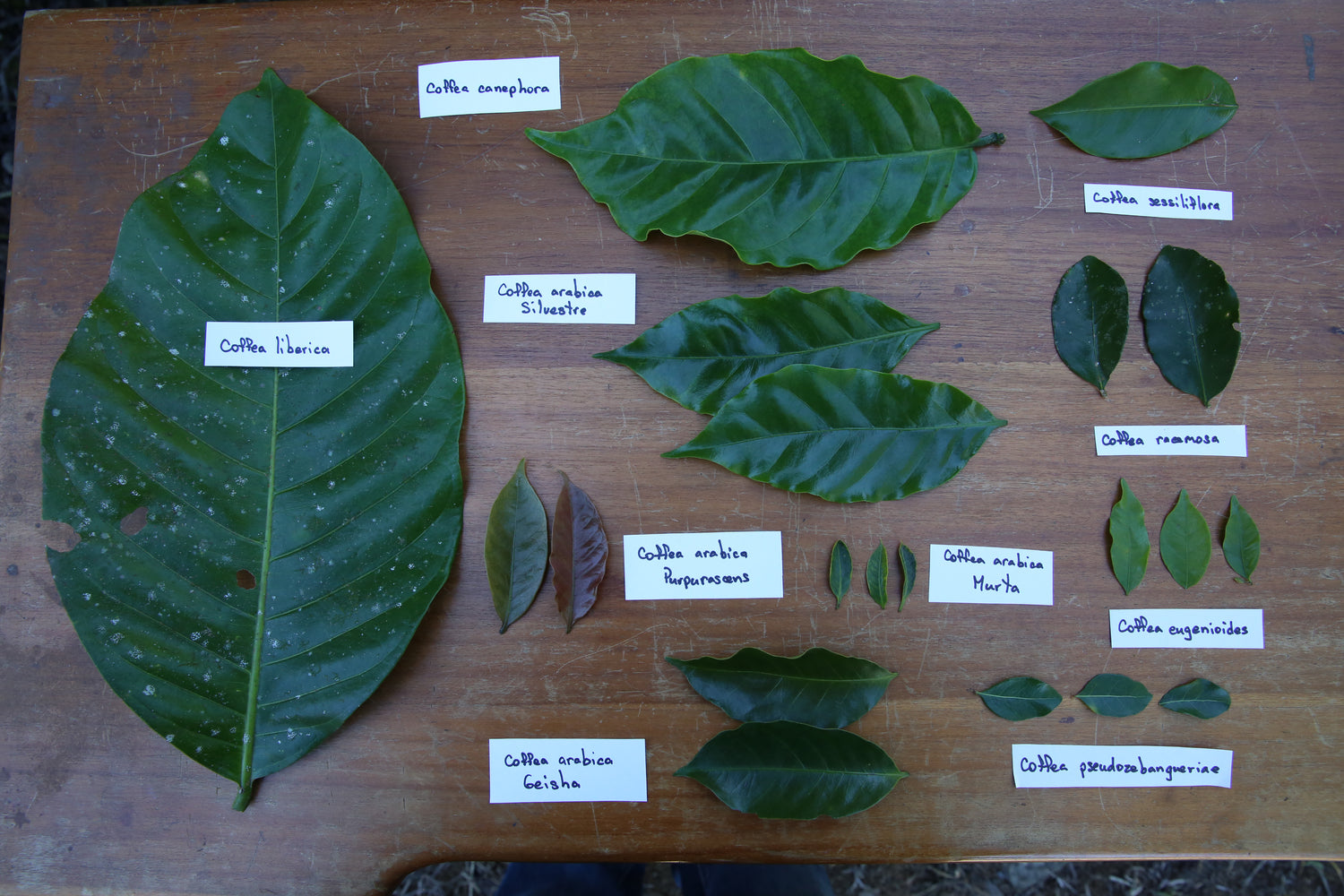Natural Process
What is natural process coffee?
Natural process coffee is a method of coffee bean processing that involves drying the coffee cherries with the seeds (beans) inside, allowing them to naturally ferment and dry in the sun. During this time, the flavours of the fruit are absorbed by the bean, giving coffee processed this way, potent berry and fruity notes. Leaving the cherry on the bean during the drying stage also increases fermentation, giving naturals a winey, almost boozy flavour profile.
Natural processing is the original and, therefore, the oldest method of processing coffee. It was first practised in Ethiopia and Yemen, where the sun is powerful, temperatures are consistently high, and there is no reliable access to water. This method contrasts with washed coffees, which remove the fruit before drying.
How do coffee beans go from farm to cup?
The natural process, or processing in general, is just one step in a long journey your coffee bean takes from farm to cup. Here's a breakdown of that journey.
- Cultivation and Harvesting: Coffee plants are cultivated in regions where the sun shines directly overhead for long periods and the climate is hot and humid. Typically, it is between the tropics of Cancer and Capricorn. Coffee cherries, which contain the coffee beans, ripen on the trees. Harvesting is either done by hand, selecting only the ripe cherries or by machine.
- Processing: After harvesting, the coffee cherries undergo processing to extract the beans. Two processes dominate this step: natural, which we're talking about today, and washed. Other variations in processes exist, such as honey or semi-washed and pulped natural. You can read more about coffee processing here.
- Drying: The beans, whether encased in the parchment or dried with the fruit, are spread out to dry in the sun.
- Milling and Hulling: Once dried, the beans go through milling and hulling to remove any remaining layers of parchment or husk.
- Sorting and Grading: The beans are sorted based on size, weight, and quality, ensuring uniformity and consistency in the final product.
- Exporting: The sorted and graded beans are packaged and exported to coffee roasters worldwide.
- Roasting: Coffee roasters receive the green coffee beans and roast them to develop the flavours. Roasting is a crucial step that significantly influences the final product's taste.
- Enjoying: The coffee is ready to be ground, brewed and enjoyed.
Throughout this process, various factors, including the coffee's origin, altitude, processing method, and roasting profile, contribute to the unique flavour profile of the final cup. The journey of coffee beans, from farm to cup, demands hard work and expertise from everyone involved at each stage, resulting in the unique and distinct flavour of the final cup.
What are the different types of coffee bean processing?
Generally speaking, there are three main processes, natural, washed, and honey. However, the coffee industry is never static, and new processes are constantly popping up. Here's a breakdown of some of the processes you might find in your favourite FiXX.
Natural (dry process)
This is what we're talking about today, where all of the fruit is left on the green bean while drying. This boosts fermentation and gives natural coffees potent berry and fruity notes. Found in FiXX Lisbon.
Washed (wet process)
This process removes all of the fruit before drying. Because of this, all the flavour of the fruit must be imparted into the bean during the growing phase, thus highlighting the importance of good farming. Washed coffees are prized for their clarity of flavour. Found in FiXX Oslo/Seattle.
Honey (pulped natural/ semi-washed)
This process is almost like a bridge between natural and washed processing. First, the beans are de-puled, leaving behind a layer of mucilage, which gives them a sticky, honey-like texture. The beans are then dried with this mucilage still attached, resulting in a coffee with a unique flavour profile that combines characteristics of both washed and natural processing methods, often featuring sweetness, fruitiness, and complexity. Found in FiXX Single Origin.
Giling Basah (wet-hulled)
This coffee processing method is commonly used in Indonesia. In this method, coffee cherries are pulped, leaving some mucilage on the beans. The beans are then dried to a moisture content of around 30-35%, resulting in a distinct flavour profile with earthy and spicy notes. Found in FiXX Classic.
Anaerobic fermentation
Anaerobic fermentation in coffee processing involves fermenting coffee beans in a sealed, oxygen-deprived environment. This process leads to unique flavour profiles in coffee, influenced by duration, temperature, and microbial activity. The resulting coffee has a complex flavour profile with pronounced acidity, fruitiness, and sweetness. Found in FiXX Single Origin.
What flavours can be found in natural process coffee?
All coffee plants reflect the terroir of the region they've been grown in. Some areas are more citrusy or fruity, others chocolaty or floral. This is one of the reasons why coffee is so beloved around the world. A seemingly identical-looking coffee bean can taste wonderfully different from another, so it's hard to pinpoint any typical flavours for all natural processed coffees.
But what sets natural coffee apart from other types of processes is the wine-like, boozey mouthfeel. They also tend to have potent berry flavours because of the extended contact with the fruit of the coffee cherry and the resulting fermentation. However, their flavours aren't just fruity; the flavours of any natural processed coffee will depend on where and how well it has been cultivated.





